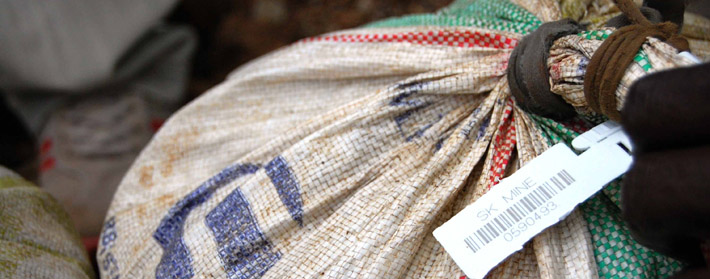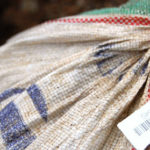The diamond trade is known for its role in financing armed conflicts. For 13 years, an international diamond certification system – the Kimberley Process – has struggled to stem the link between conflicts and “blood diamonds”. Despite the positive results claimed by the defenders of the process, the reality on the ground seems less rosy. Analysis.
 Entré en vigueur en 2003, le système de certification du processus de Kimberley (SCPK) vise à endiguer le financement des conflits armés par le commerce du diamant. Par la mise en place de ce processus, plusieurs gouvernements, le secteur privé diamantaire et des représentants de la société civile répondaient positivement au cri d’alarme lancé en 1998 par les ONG Global Witness et Partnership Africa-Canada sur le rôle de cette pierre précieuse dans le financement des guerres civiles en Angola, en Sierra Leone et au Libéria.
Entré en vigueur en 2003, le système de certification du processus de Kimberley (SCPK) vise à endiguer le financement des conflits armés par le commerce du diamant. Par la mise en place de ce processus, plusieurs gouvernements, le secteur privé diamantaire et des représentants de la société civile répondaient positivement au cri d’alarme lancé en 1998 par les ONG Global Witness et Partnership Africa-Canada sur le rôle de cette pierre précieuse dans le financement des guerres civiles en Angola, en Sierra Leone et au Libéria.







